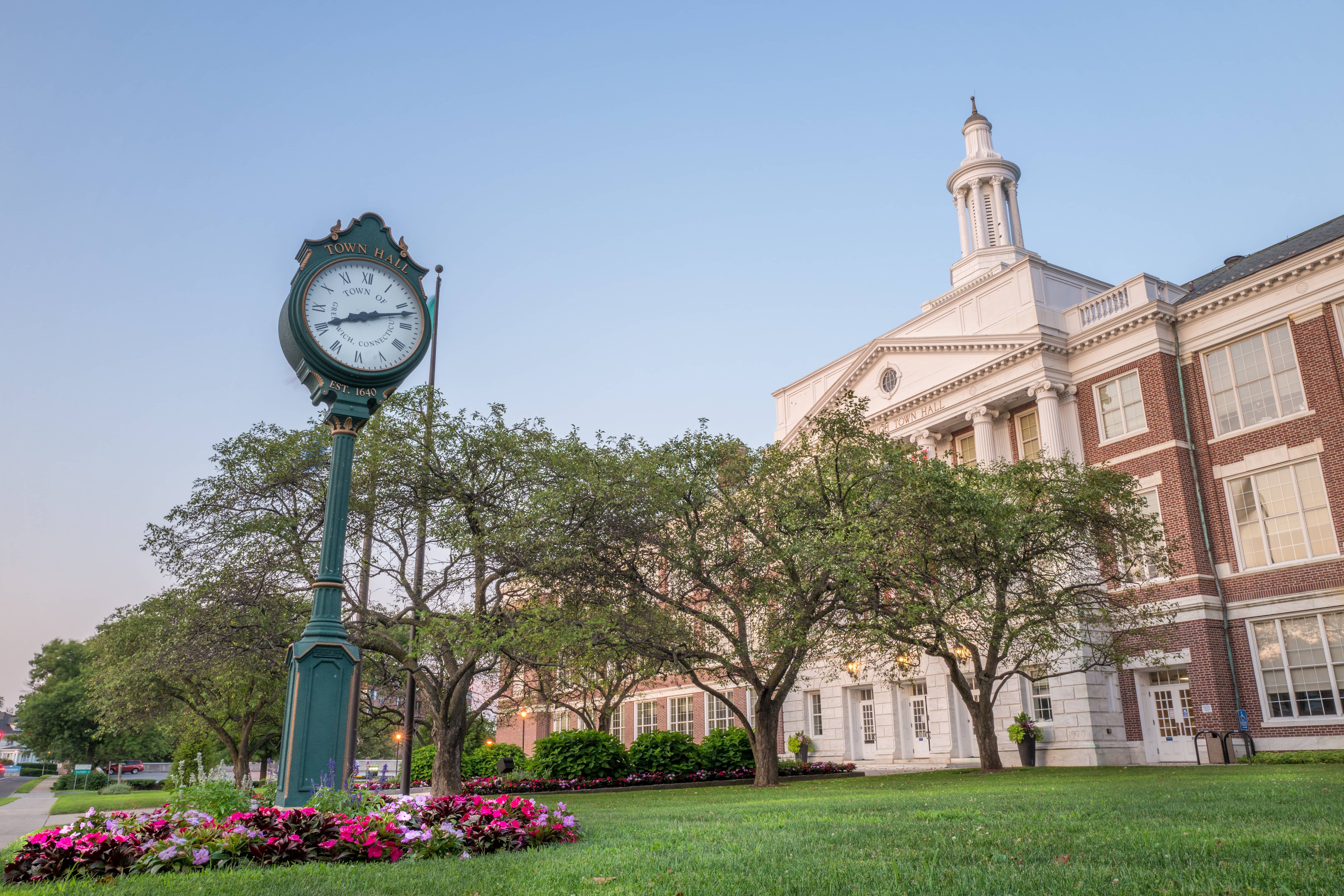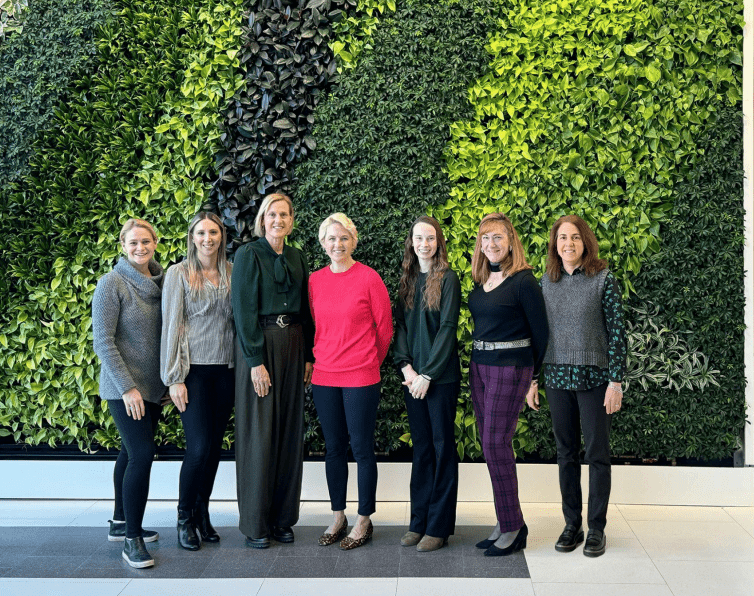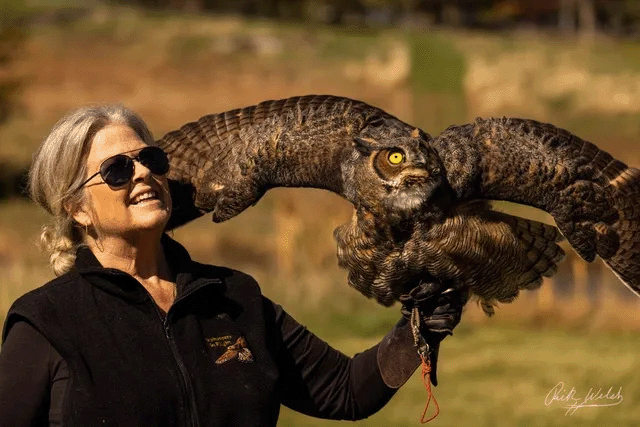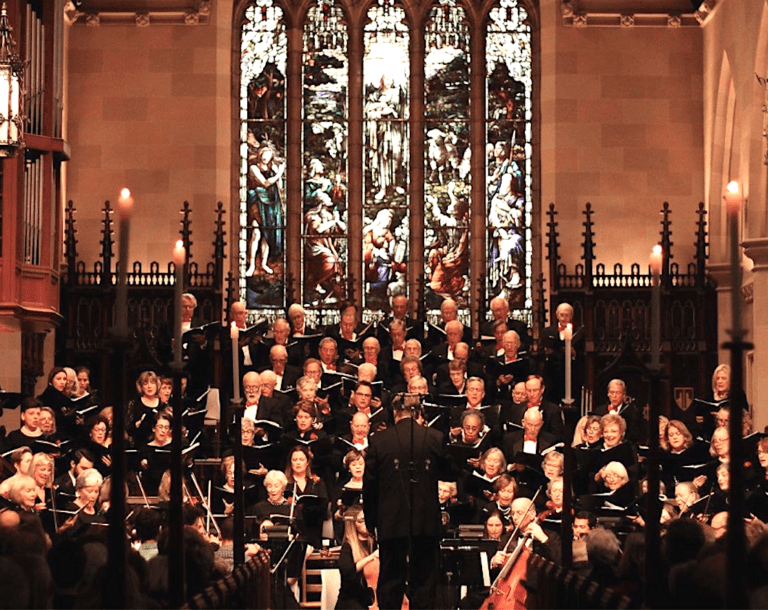

By: Jennifer Dayton
Our local economy never closed, but we are poised for greatness if we are willing to truly open as a community. We are enamored by different villages in Greenwich, each neighborhood has its park, and the Point has vast space, but there is no center. We love to travel abroad seeking a favorite piazza or a plaza, where people congregate without purpose. Greenwich Avenue’s traffic closure holds potential beyond adjusting to health protocols during a pandemic. With careful planning, it can return us to the commons of a century ago, while looking to future sustainability. Beyond reducing exposure to pollution, it enhances personal safety, provides healthy access to pedestrian, biking, running and green space, encourages small businesses and builds community.
Many US cities have embraced a pedestrian-friendly streetscape. While undergoing a current, limited trial, some cities have set goals for expansion. Implementing a new design has taken a variety of approaches. Parkways have transformed into cycling and running destinations in Washington, Minneapolis, Boston and St. Paul. Other cities are making temporary street closures indefinite, as in Philadelphia and Seattle. At least one city, Oakland, set a strategic target to ensure that 10% of streets will be dedicated to foot-traffic. It is true that cities with suboptimal planning have faced problems in achieving a successful mix of uses, as in Buffalo, Raleigh, Sacramento, Eugene and Chicago. Yet, even where challenges exist in large population centers, such as in New York, the City has protected 40 miles of streets, hoping to eventually reach a goal of 100 miles, with pedestrian walks in every borough.
The Greenwich Plan of Conservation & Development’s well-conceived vision sets us up for success. I believe the Greenwich Avenue pilot will be popular and allow the First Selectman to complete his ideas for renewal. A new Greenwich streetscape that is people-centered, not car-centered, from its outset would serve more people of all ages, by increasing personal mobility, including guardrails for those with visual or physical differences. Imagine its centerline defined by newly planted trees and flowering plants, its middle marked by running and bike lanes, and its edges outlined by expanded sidewalks and pedestrian crossings. The ultimate goal is to achieve a better quality of life for residents.
Crucially important is attracting new residents and business activity. Our town’s future prosperity depends upon a magnetic quality that draws younger generations. It’s entirely possible to have the best of both worlds by combining the gathering spaces of cities with a smaller town’s greater connection to nature and community. Auckland, New Zealand experienced a 54% increase in pedestrian volumes and a 47% increase in consumer spending after a streetscape redesign. Our local businesses right now need support in many forms, advertising, landscaping, gift certificate contests to “buy local, win local.” However, above all, local businesses need people to spend more leisure time in the commercial center, exploring its unique offerings.
Enticing people to use the collective space of a new streetscape might be possible through private-public partnerships. Amenities could include solar kiosks for recharging phones and an electrified open-air trolley accessible to bikes and wheelchairs. It could include a permanent pavilion for music and community engagement events and beautiful outdoor dining. Ultimate decisions on a future design should look at evidence of changes compared to baseline metrics in usage, equity, health and security, resident and business satisfaction and environmental sustainability.
Reopening after a health crisis safely, is just the first step in creating a better future. Our First Selectman has said we should think bigger about the Avenue, but we should see it through the eyes of the younger workforce. The pandemic will change the way many work, dispersed in homes or small spaces, and so we look to communal places of relaxation, where we do more than compete to raise money or win races. Long-term prospects for a new Greenwich streetscape will of course be good for property values, but marvelous for the town’s vitality and lifestyle changes. A reimagining of the town will enhance the social and physically active time of residents, from the Sound to Town Hall, connecting daily commuting, dining out and shopping to the cultural experiences of our library, visual arts festivals, farmers market and museum. In Greenwich, we absolutely can have it all.




